- Joined
- Oct 21, 2004
- Messages
- 5,096
Yes..., I hear some humming in regards to their allocations are becoming less interesting....Date: 2/9/2008 8:55:30 PM
Author: Garry H (Cut Nut)
afraid to tell you - the more you learn about De beers, the less you will dislike them. You could even feel sorry for them.Date: 2/9/2008 6:37:38 PM
Author: strmrdr
rofl, there hasn''t been much new to fight about.Date: 2/9/2008 6:27:27 PM
Author: Garry H (Cut Nut)
Storm is right DG.
(hell Storm, I have not had a decent fight with you in ages. You might be at risk of becoming pert of the problem too?
Most of the stuff has been argued out 20 times already and usually we have found a middle ground.
But yea sometimes I wonder if the Borg is getting too me lol
Then I think about how much I dislike DeBeers and figure I''m safe for a while hehehehehehehe
By learning I do not mean reading popular press rubbish storm.
Try Chaim (Tacy) memo on Idexonline.com for example


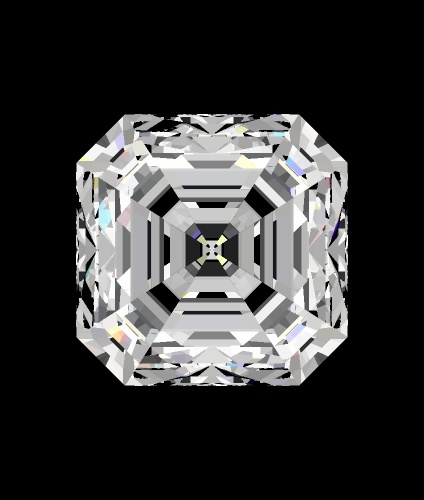
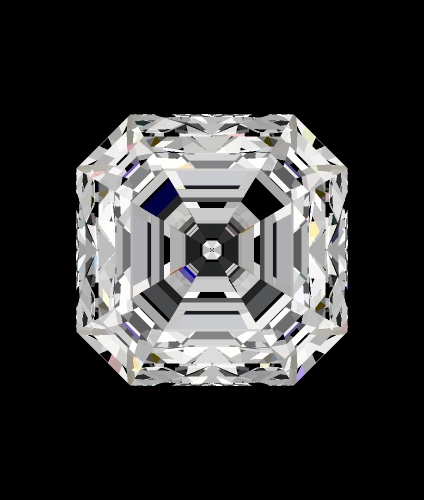


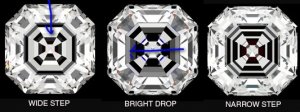



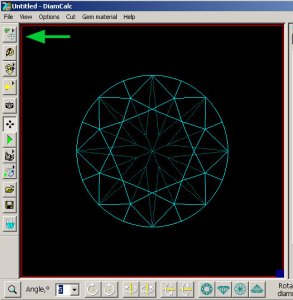
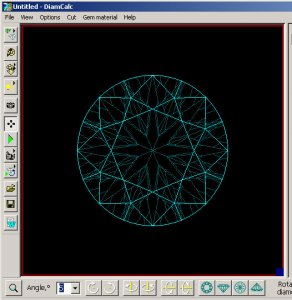



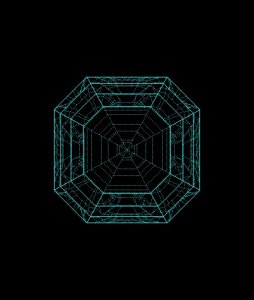
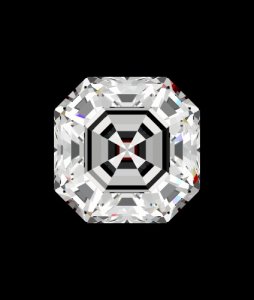




300x240.png)